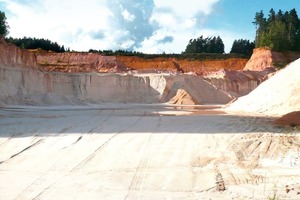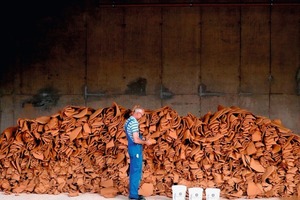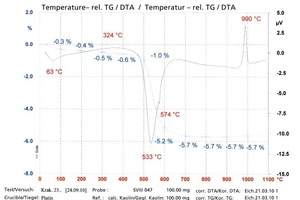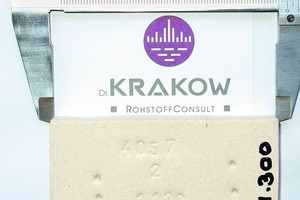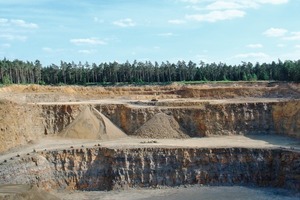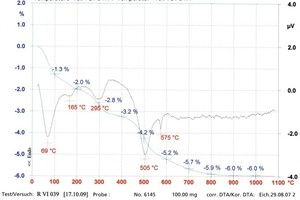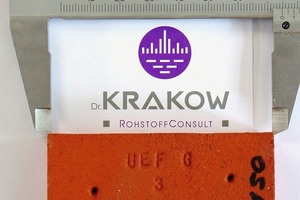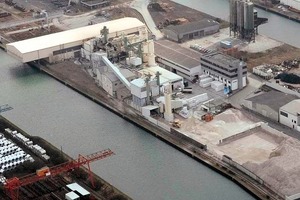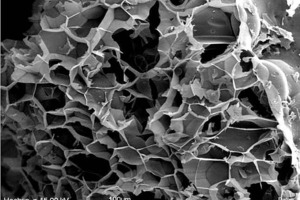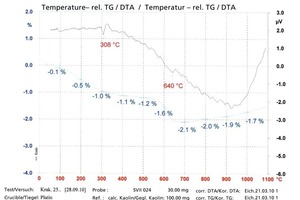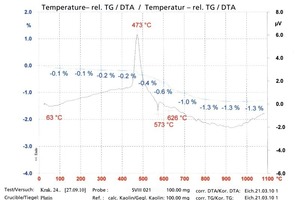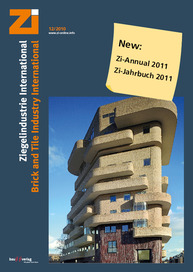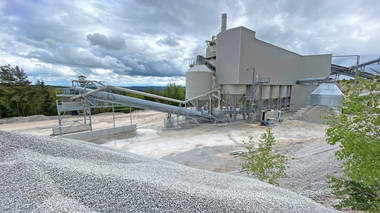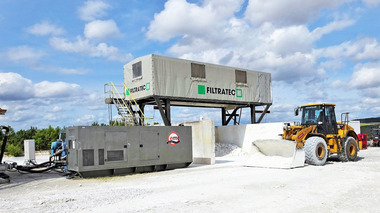Geological code determines its firing behaviour (part 2)
The geological formation of clays and clay brick raw materials is variably controlled by an almost infinite number of geofactors. For this reason, every raw material possesses a very individual geological code that characteristically determines its firing behaviour. In the first part of this paper, raw kaolins, extremely plastic clays, consolidated clay stone as well as metamorphous clay schist were analysed in respect of their firing behaviour [1]. This second part of the paper covers the geological formation of the raw materials. Besides marine Dogger kaolins and hydrothermally heated clay schist, magmatic raw materials, such as expanded perlites and plutonitic feldspar sands, are presented.

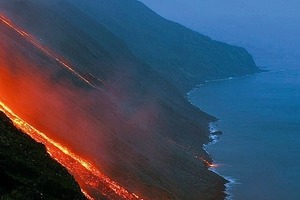
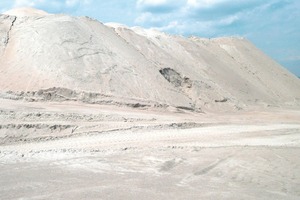
![»3 Classification of the magmatic rocks according to [1]](https://www.zi-online.info/imgs/tok_3790bc1cd6029b29dd99990c1350fa41/w300_h200_x400_y369_101473952_47c0ef4e72.jpg)
